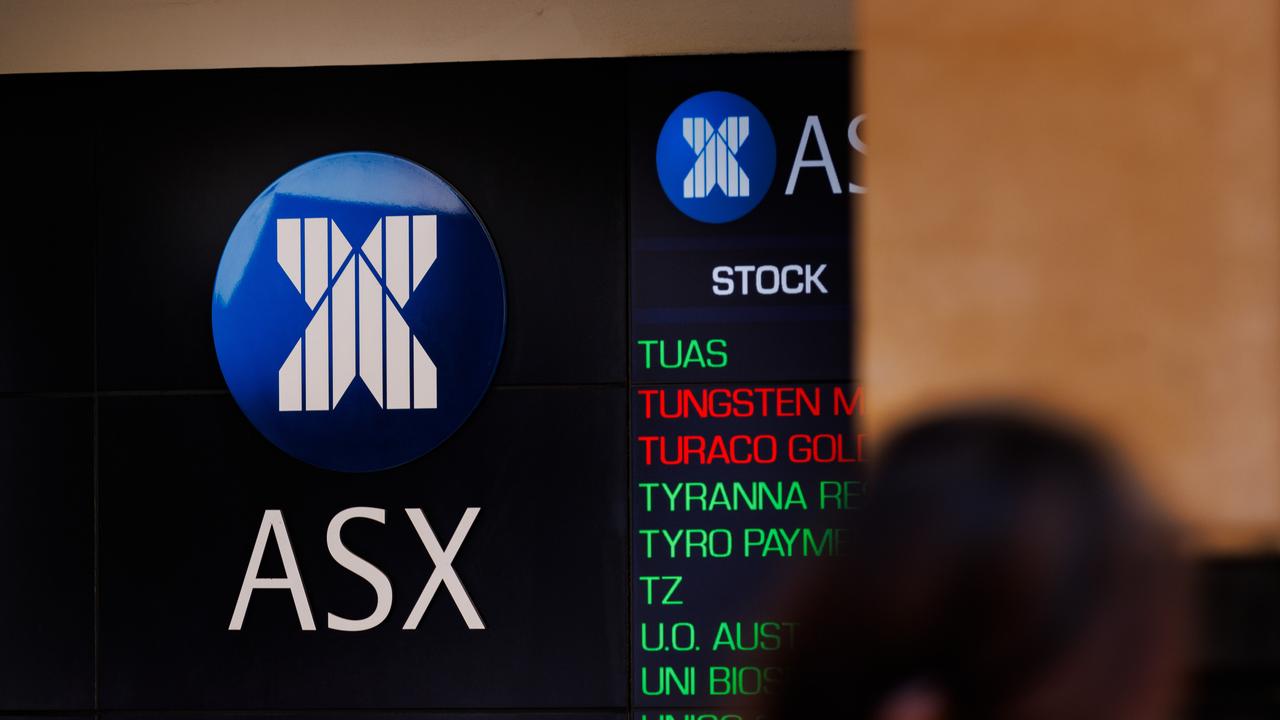On Wednesday, the benchmark ASX200 index dropped by 103.90 points, which is equivalent to a decline of 1.32%, closing at 7786.20. Additionally, the more comprehensive All Ordinaries also decreased by 100.80 points or 1.24% to reach 8002.60.
The Australian dollar is purchasing about 62.89 U.S. cents.

The most recent update shows that Mr Trump’s 25 percent duties on imported steel and aluminum went into effect on Wednesday evening. There will be no exceptions, and he has warned that if Canada responds with additional charges on exported electricity, these tariffs could rise twofold for both steel and aluminum.
Australia responded with anger to the choice of not granting an exception for our $1 billion worth of steel and aluminum exports to the US.
The European Union declared €26 billion ($45.07 billion) in counter-tariffs, set to be implemented in two phases.
Initially, they will reinstate duties of 8 billion euros ($13.87 billion) on U.S. goods such as Harley-Davidson motorcycles, bourbon whiskey, and bluejeans. Following this, an additional 18 billion euros ($31.20 billion) in retaliatory measures will be implemented pending approval.
This resulted in the Australian index being close to entering a "technical correction," which is marked by a decline of at least 10 percent from a recent peak.
Australia's $2.7 trillion benchmark dropped by 9.6%, losing almost $270 billion since reaching its highest point, and an additional $50 billion was erased on Wednesday alone, indicating that the ASX200 has wiped out a full year’s worth of progress.
The decrease was widespread as 10 out of the 11 industries ended up losing ground, with consumer discretionary, industrials, and financials leading the way down.
Major banking giants saw significant declines with Commonwealth Bank dropping 1.44% to $144.80, National Australian Bank falling 2.11% to $33.38, Westpac decreasing 2.02% to $30.07, and ANZ sliding 2.10% to $28.41.
Tony Sycamore, an IG market analyst, noted that the value of Australian banks has declined by 14 percent since mid-February.
The banking sector constitutes the largest part of the ASX 200, and it has taken an enormous hit since reaching peak levels in mid-February.
It's the one driving the decreases primarily due to being the largest segment within the ASX200.

The materials sector likewise saw a decline as key players like BHP fell 1.8% to $38.95 and Rio Tinto dropped 1.9% to $117.23. In contrast, Fortescue Metals went against the flow, gaining 1.46% to reach $15.93 during later trades.
Mr Sycamore stated that tariffs have been implemented more quickly and frequently than what was expected by the market, resulting in a "harsh" geopolitical environment.
"It's beginning to ache, huh?" he remarked.
I believe everyone now sees that they will simply have to endure it and ride out the storm, as this is his chance to push through all these contentious policies before offering some tax breaks leading up to the midterm elections.
The Australian market wasn't the only one to see a retreat.
Overnight on Tuesday, Wall Street saw the S&P 500 drop by 0.8 percent, the tech-heavy Nasdaq Composite Index ended with a decrease of 0.2 percent, and the Dow Jones Industrial Average fell by 1.2 percent.
In corporate updates related to patents and trademarks within the intellectual property sector, IPH shares fell by 10 percent to $4.23 following the announcement that Chief Financial Officer John Wadley would be stepping down.